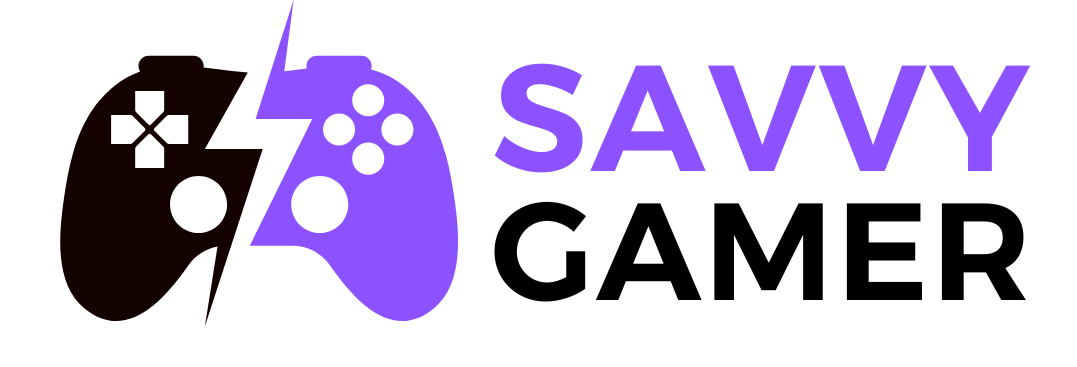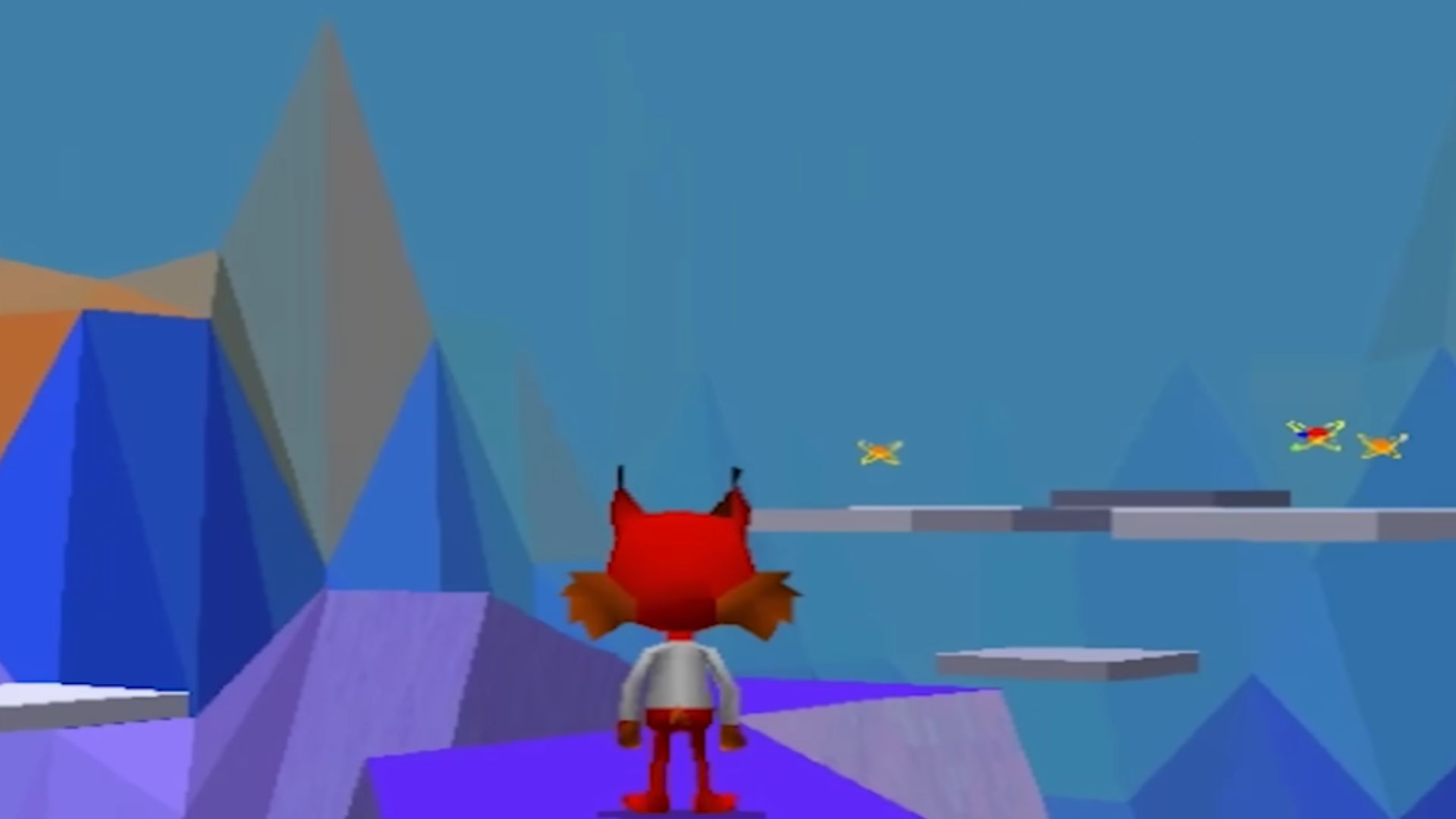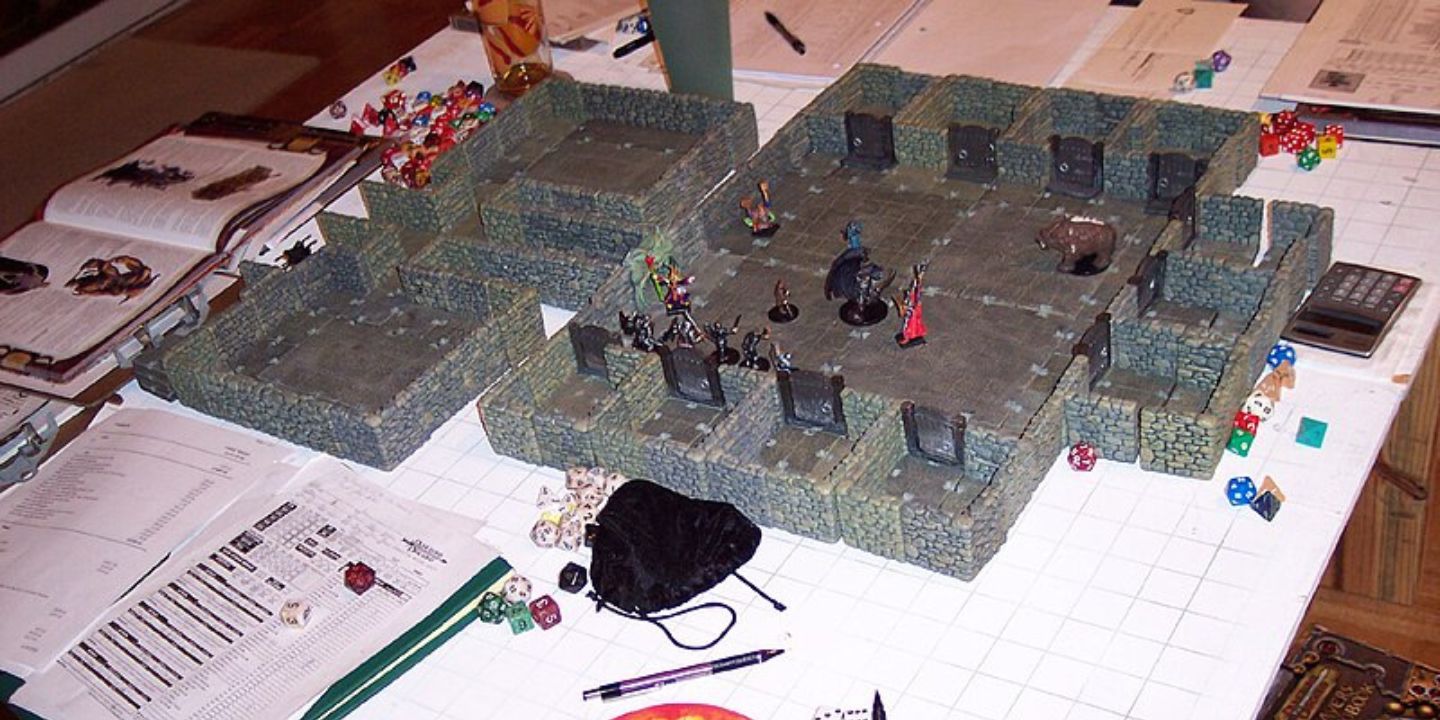When 3D Gaming Found Its Feet
When 2D finally faded and gave way to unprecedented depth and dimension, gaming changed forever. But despite the impressive graphical feats, the growing pains were very real and apparent. While a few games clicked into place and utilized the tech properly, others fell apart in real time. Let’s explore which early 3D games stumbled and which ones set the bar for years to come.
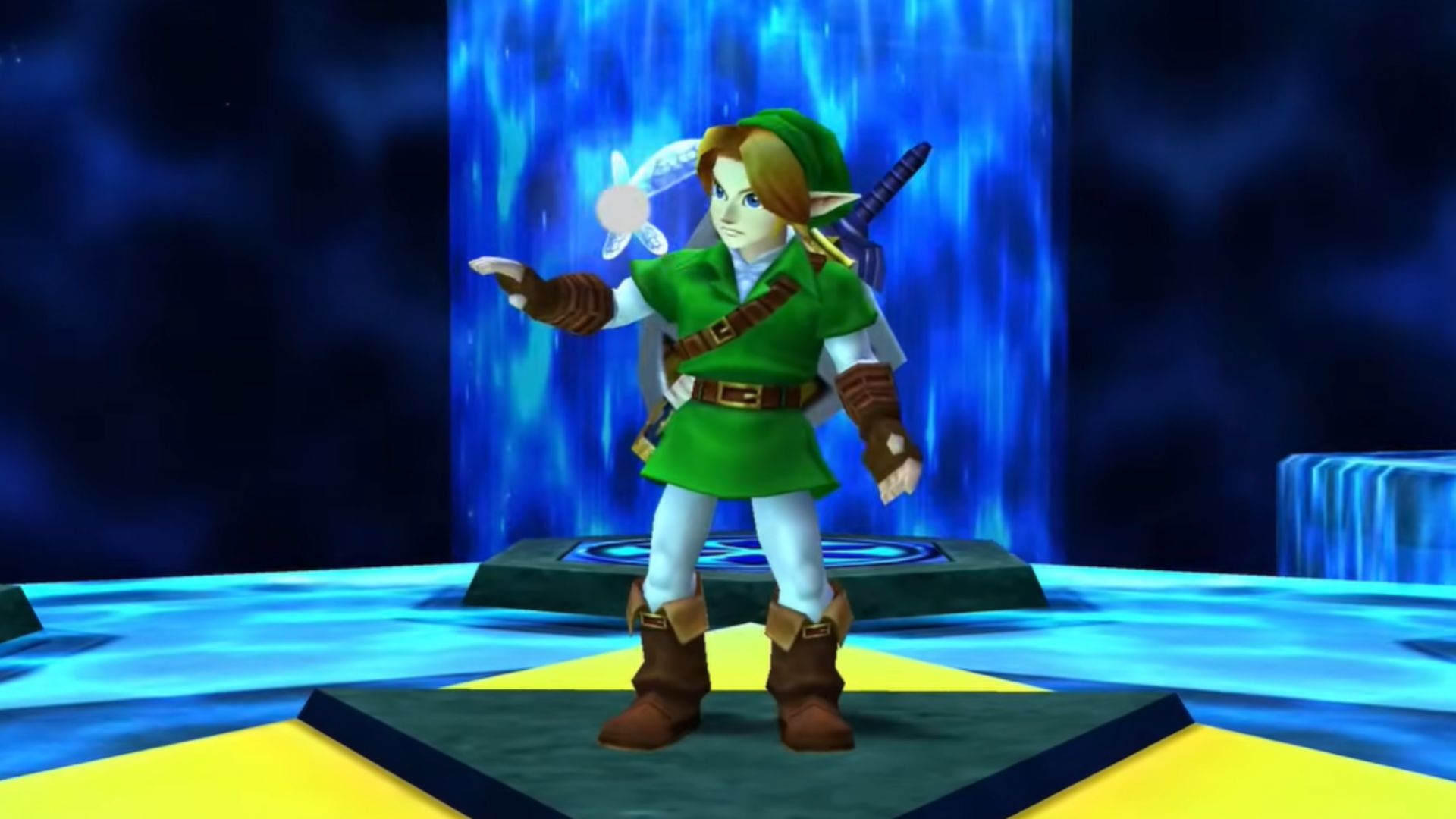 Zelda: Ocarina of Time 3D HD - Full Game 100% Walkthrough by BeardBear
Zelda: Ocarina of Time 3D HD - Full Game 100% Walkthrough by BeardBear
1. Bubsy 3D
Released in 1996, Bubsy 3D arrived late to the mascot platformer boom. Its flat-shaded, textureless environments were visually jarring even then, and the tank controls felt unresponsive. Critics slammed it for confusing level design and awkward animations. It became a punchline in early 3D missteps.
2. Superman 64
Most fans remember the rings. But Superman 64’s biggest failure was deeper. Its engine rushed under pressure and couldn’t render Metropolis effectively. Dropping in 1999, it failed to live up to the promise of its source. Moreover, licensing conflicts with Warner Bros. left the developers tied up creatively.
 SUPERMAN 64 (Honest Game Trailers) by Honest Game Trailers
SUPERMAN 64 (Honest Game Trailers) by Honest Game Trailers
3. Quest 64
The Nintendo 64’s first RPG had potential but no payoff. Quest 64 launched in 1998 with a barebones story and almost no character development. While technically functional, its emptiness made it feel unfinished in an era of RPG breakthroughs.
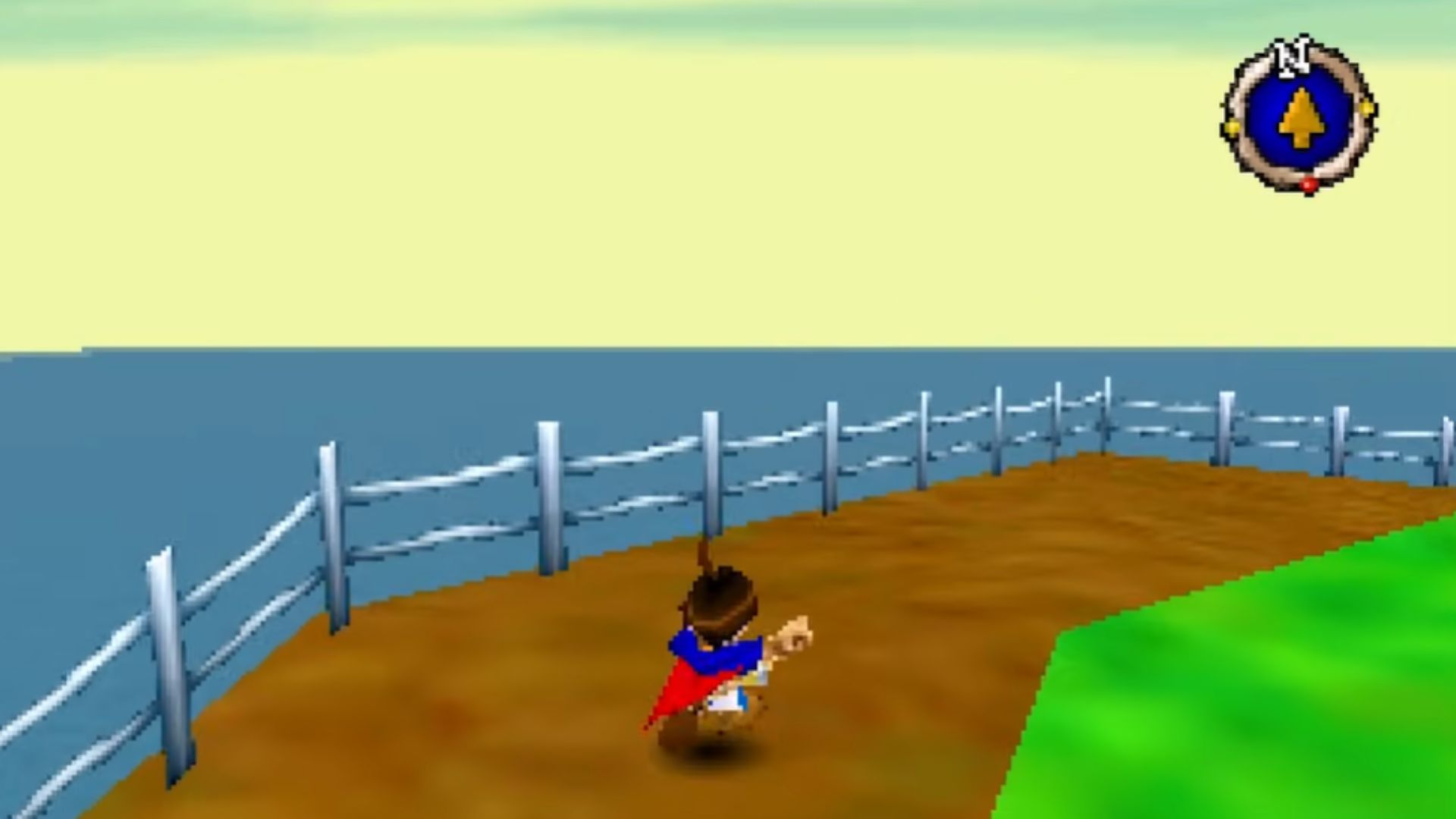 Quest 64 is Unfinished, and You Should Play It by Computer Lab Highjinks
Quest 64 is Unfinished, and You Should Play It by Computer Lab Highjinks
4. Xtreme Paintbrawl
Built on the aging Build engine, this 1998 FPS was developed in just two weeks. The rushed timeline showed: AI teammates froze, and the soundtrack bizarrely featured polka music. It lacked strategic paintball mechanics and basic polish, earning widespread ridicule from early PC shooter fans.
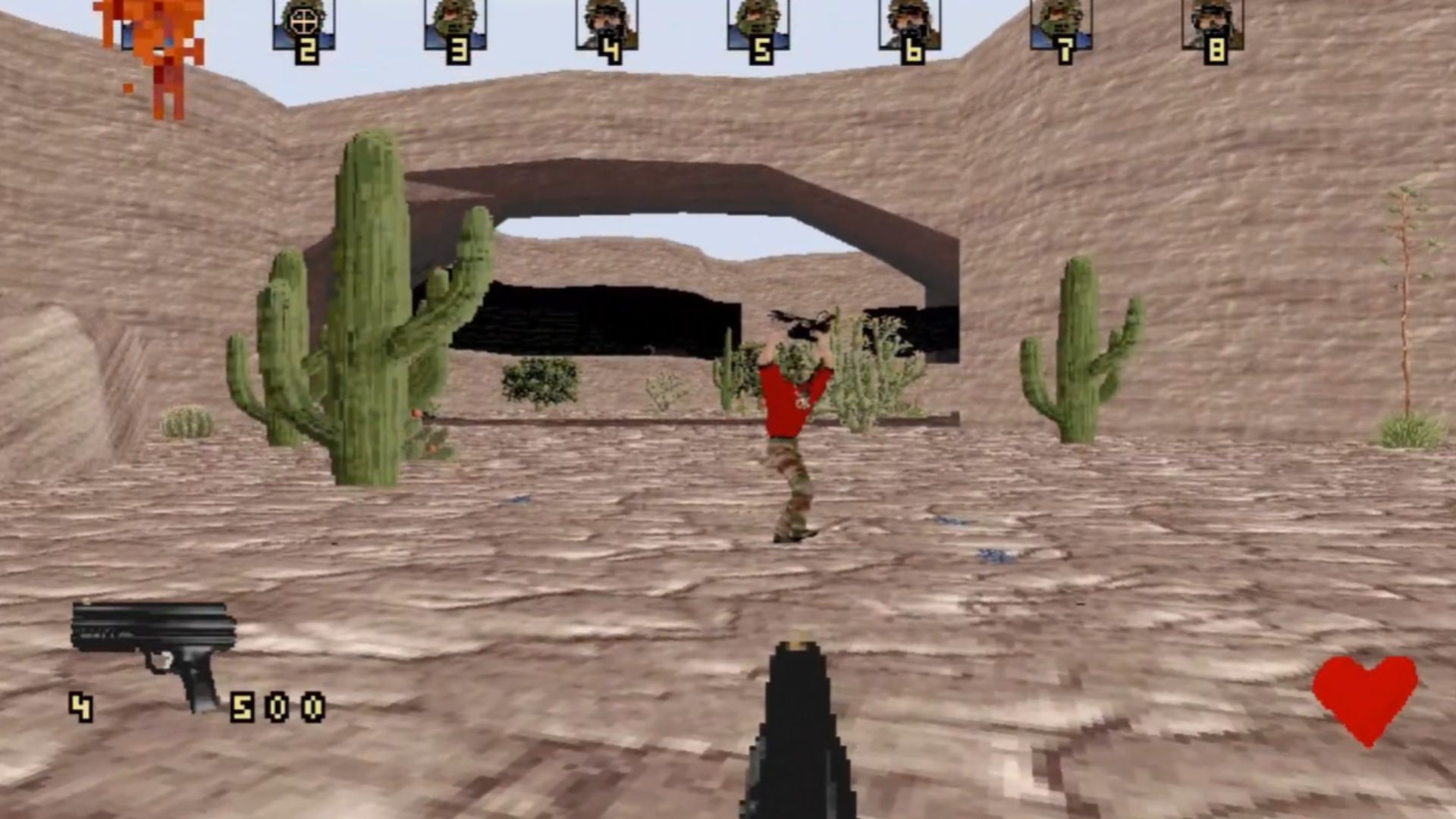 Extreme Paintbrawl 1998 PC by Hall of First Person Games
Extreme Paintbrawl 1998 PC by Hall of First Person Games
5. The Crow: City Of Angels
Acclaim went bold with motion capture for The Crow, but the result felt anything but smooth. Movements looked robotic, combat dragged, and the tank controls didn’t help. Repetitive gameplay and sloppy hit detection turned this cult movie tie-in into a frustrating mess instead of a gritty brawler.
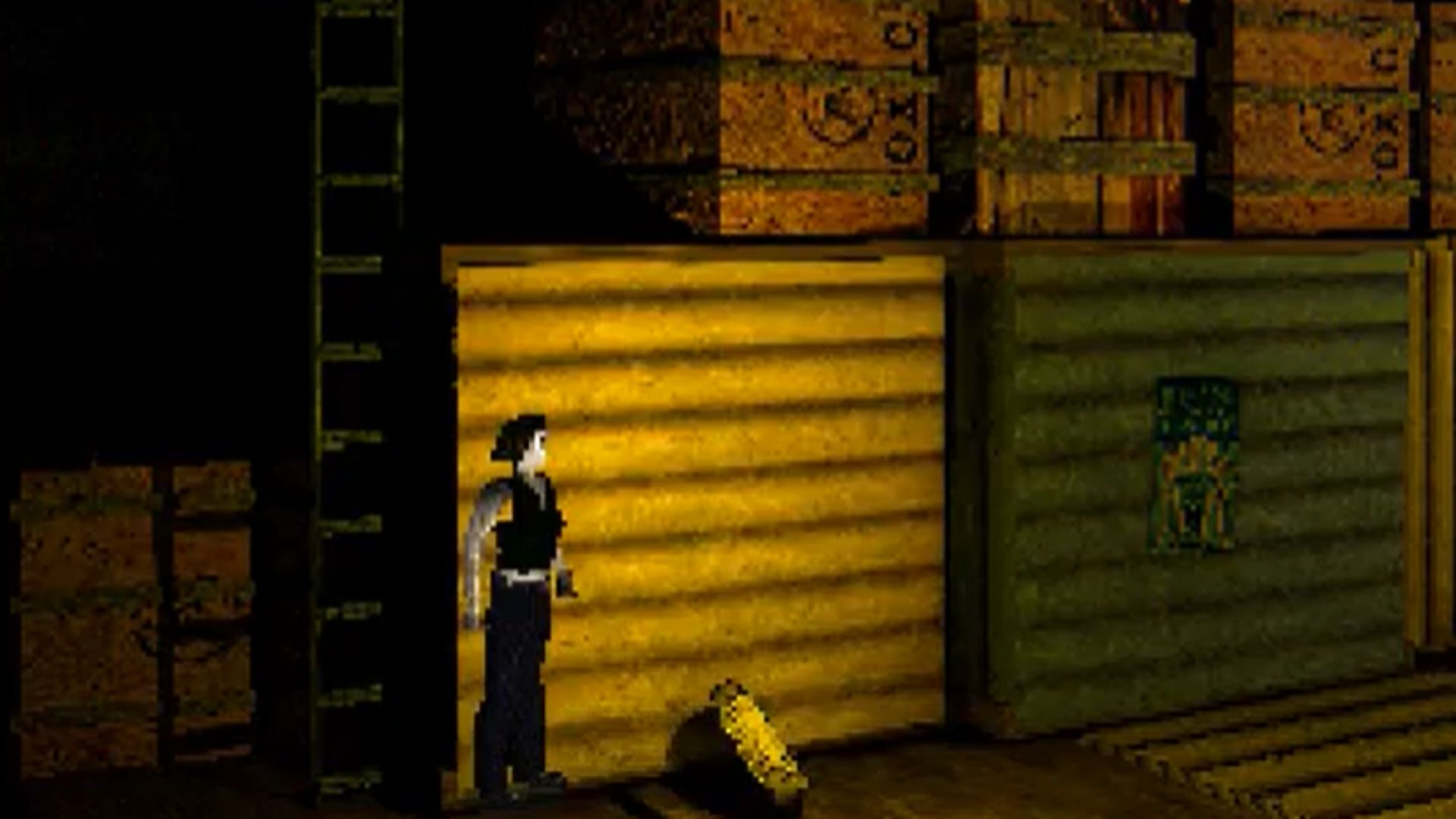 PSX Longplay [159] The Crow: City of Angels by World of Longplays
PSX Longplay [159] The Crow: City of Angels by World of Longplays
6. Criticom
Criticom tried to mimic Tekken’s success in 1995 but delivered unresponsive controls and frame rate issues. Each character moved like a low-friction marionette. Critics called its combat “sluggish” and “unreadable,” which makes it a textbook example of rushed early 3D fighting game design.
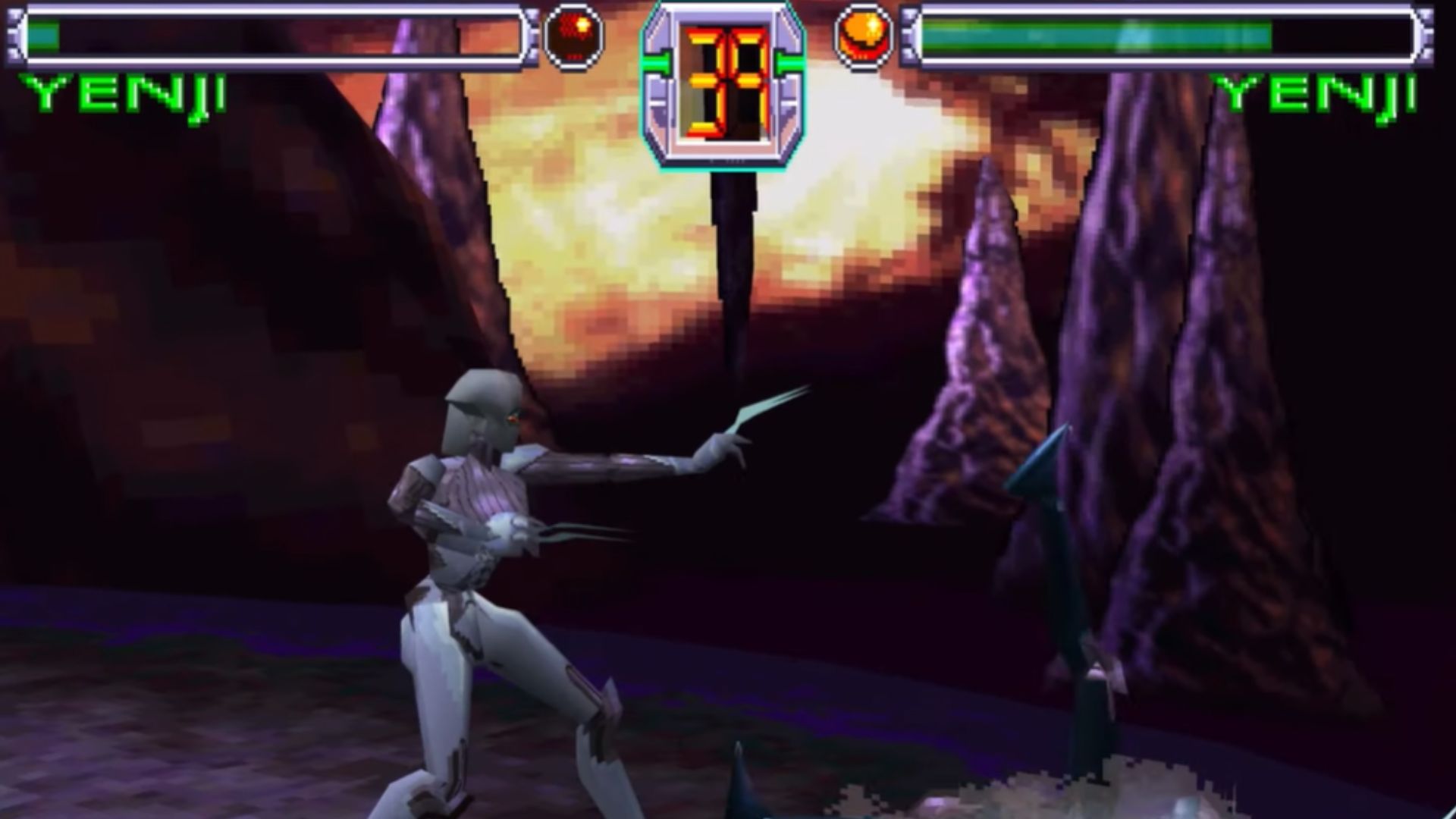 Criticom - The Worst Fighting Game by Matt McMuscles
Criticom - The Worst Fighting Game by Matt McMuscles
7. KISS: Psycho Circus – The Nightmare Child
Despite running on the LithTech engine, this 2000 shooter leaned too hard on its band license and not enough on gameplay. Enemy variety was poor, and the level design felt repetitive. Reviewers universally agreed the experience lacked purpose beyond its rock-gimmick foundation.
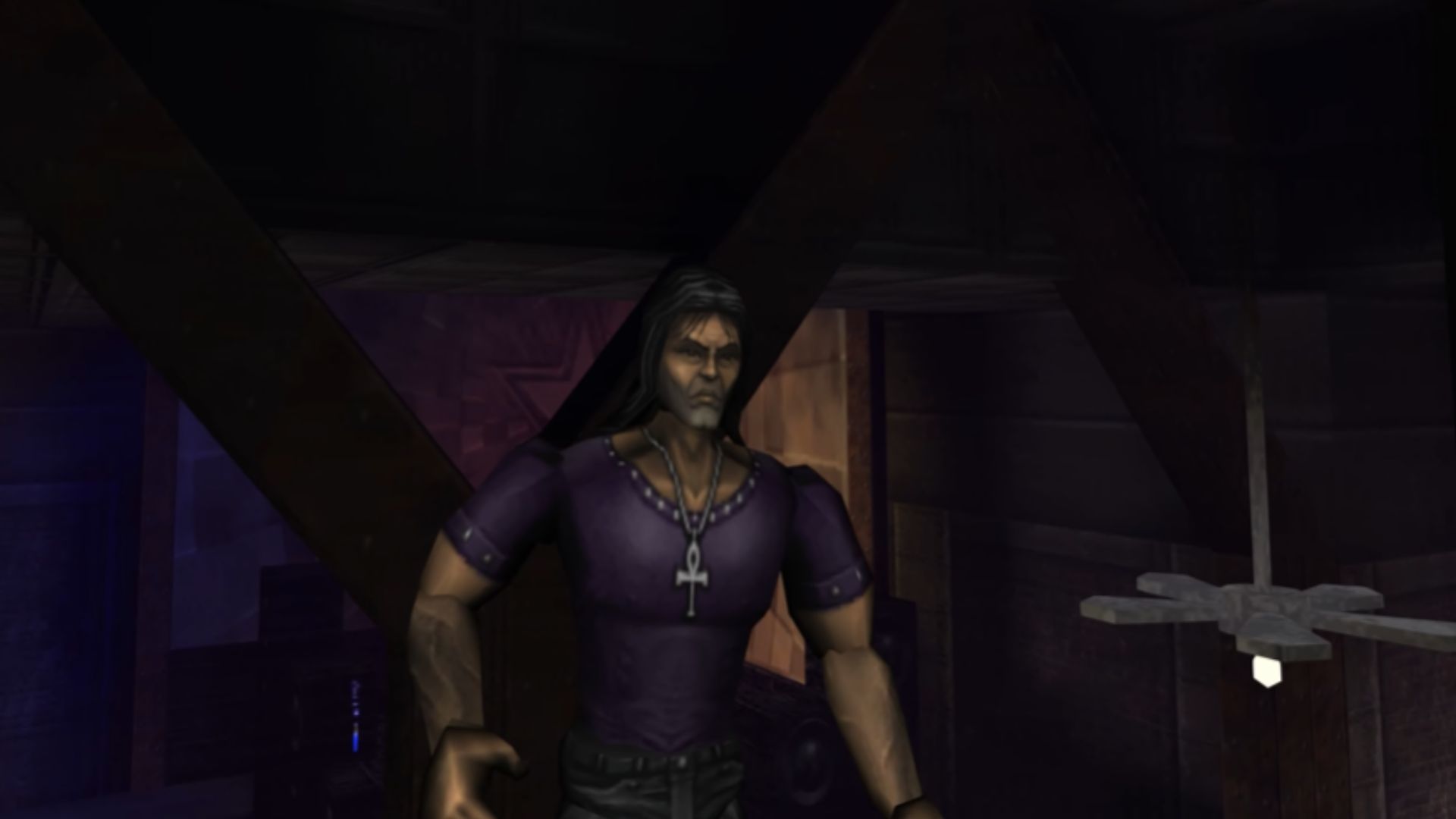 Kiss: Psycho Circus: The Nightmare Child (2000) - PC Gameplay / Win 10 / 4k 2160p by FirstPlays HD
Kiss: Psycho Circus: The Nightmare Child (2000) - PC Gameplay / Win 10 / 4k 2160p by FirstPlays HD
8. Carmageddon 64
Porting Carmageddon to the Nintendo 64 in 2000 was a mistake from the start. It ran at a painful frame rate, with blurry visuals and gutted features compared to the PC original. Collision detection suffered, and its dark humor failed to land with the new audience.
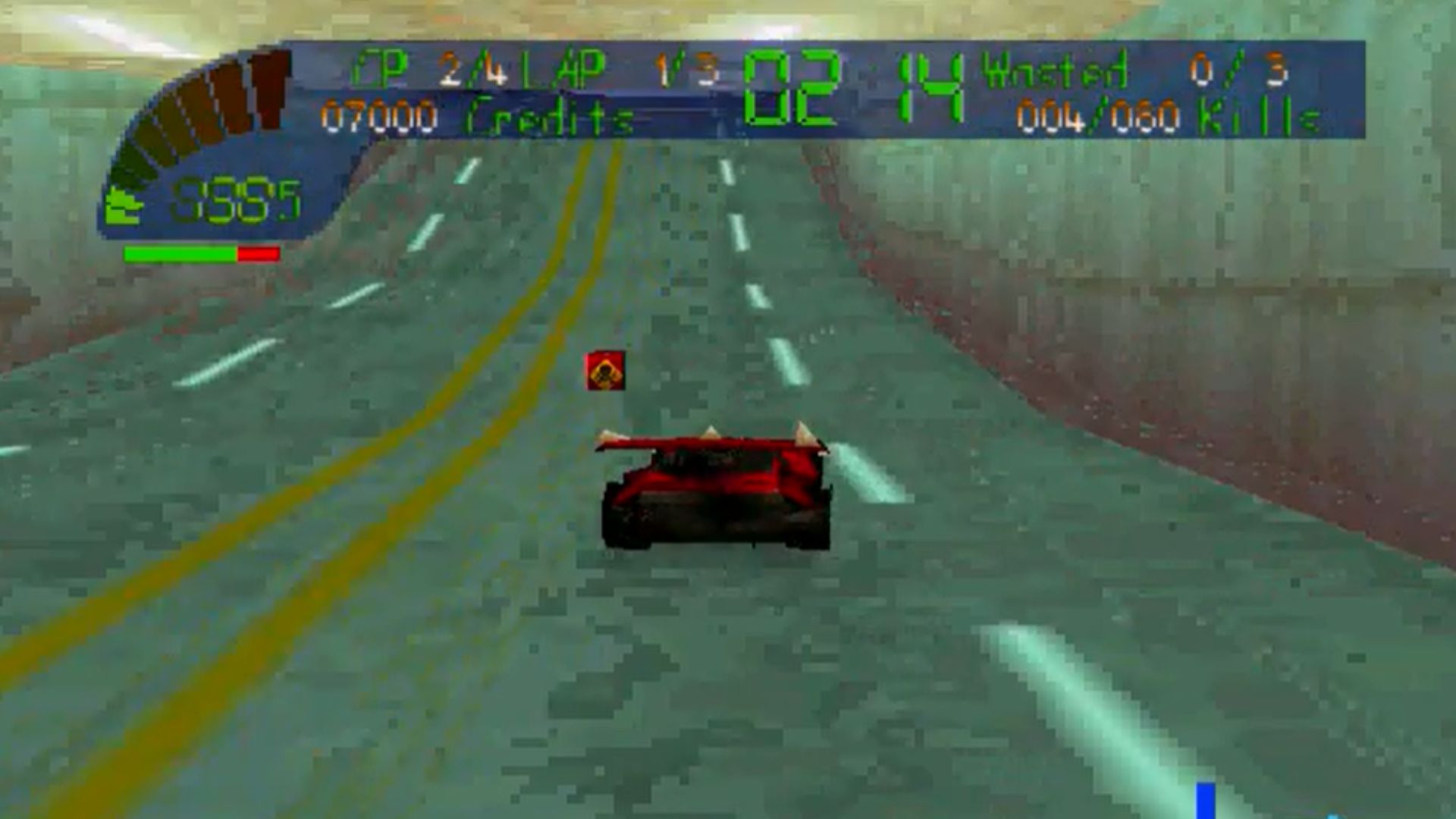 Carmageddon 64 Gameplay by Whompert
Carmageddon 64 Gameplay by Whompert
9. Trespasser: Jurassic Park
Trespasser introduced physics-based object interaction and no HUD, all in 1998. But the final product was broken. Physics misfired, the engine was unoptimized, and the controls were near-impossible to master. Its ambition exceeded what late-’90s hardware could realistically deliver, sinking it fast.
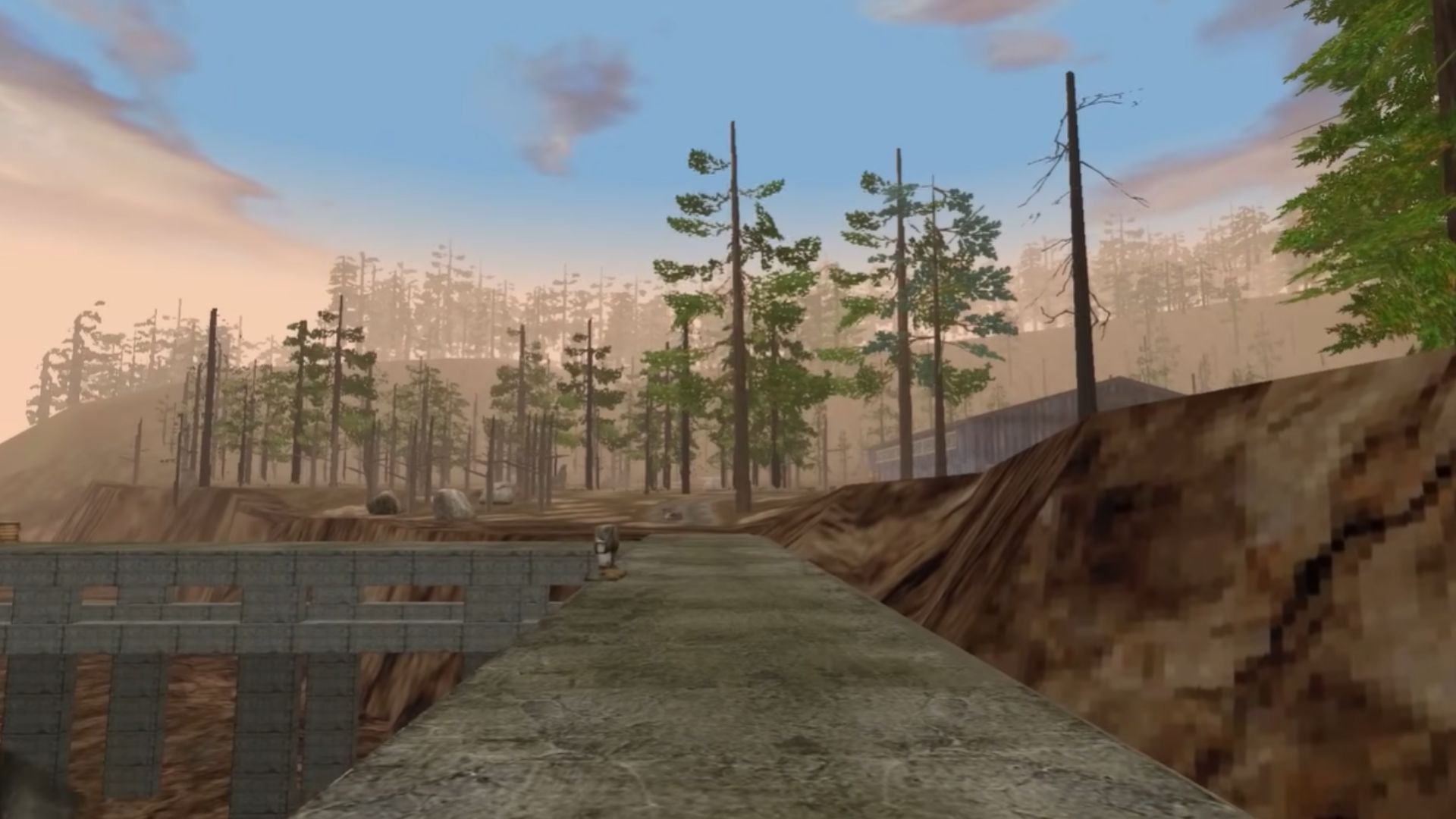 Trespasser: Jurassic Park's Biggest Failure? - A History | MNTM by Monotonal Lizard | MNTM
Trespasser: Jurassic Park's Biggest Failure? - A History | MNTM by Monotonal Lizard | MNTM
10. Beast Wars: Transformers
This 1997 PlayStation game took on a popular cartoon and ended up delivering a slow, clunky mess. The enemy AI barely reacted, targeting was all over the place, and the animations felt half-finished. Fans expecting charm and action were met with a flat experience that lacked energy and care.
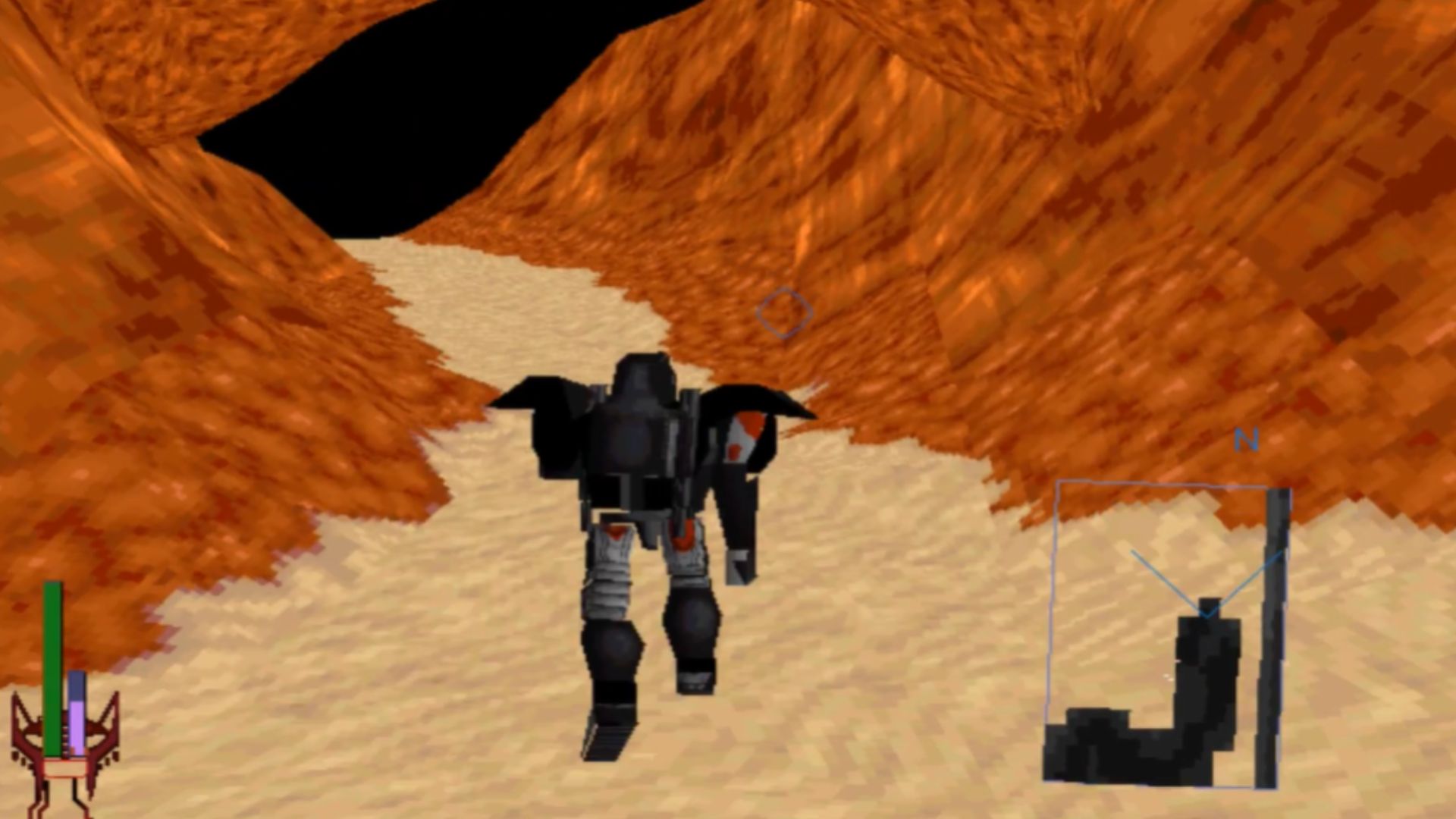 Beast Wars: Transformers for the PC by Highretrogamelord
Beast Wars: Transformers for the PC by Highretrogamelord
While some early 3D games crumbled under pressure, others set the pace for the next generation. Now it’s time to look at the titles that got it right.
1. Super Mario 64
Released in 1996, this was Nintendo’s bold leap into full 3D. Unlike its competitors, Super Mario 64 nailed analog controls and dynamic camera work. It set a new standard and remains one of the most influential 3D games ever made.
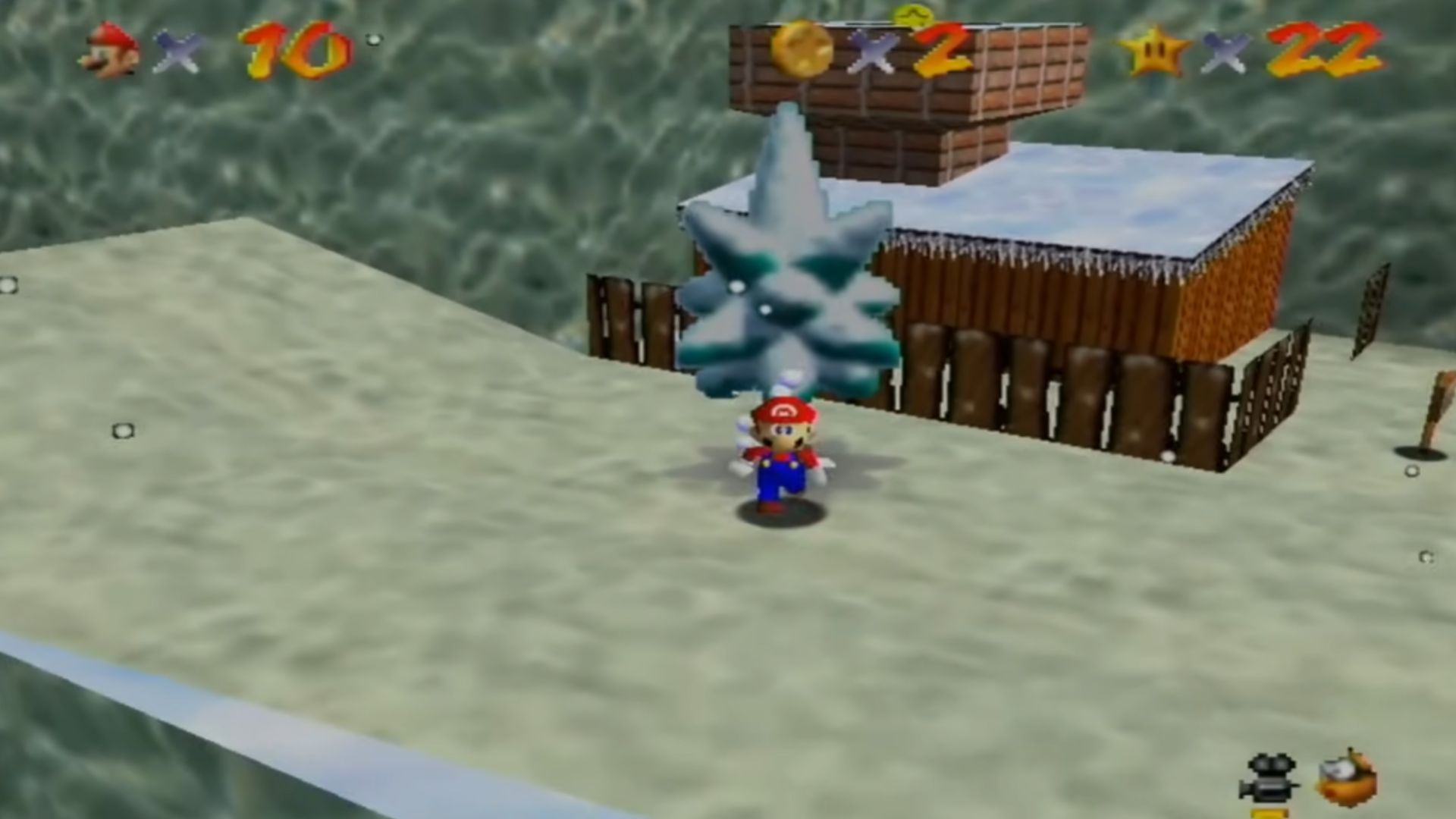 Super Mario 64 The Movie - Full Game 100% Walkthrough by packeattack04082
Super Mario 64 The Movie - Full Game 100% Walkthrough by packeattack04082
2. The Legend Of Zelda: Ocarina Of Time
Adventure games changed after 1998. Ocarina of Time introduced Z-targeting and cinematic storytelling, all in 3D. Its puzzle-solving and musical mechanics blended into an immersive experience. Critics and players alike praised it as a masterpiece, and its innovations became staples for decades to follow.
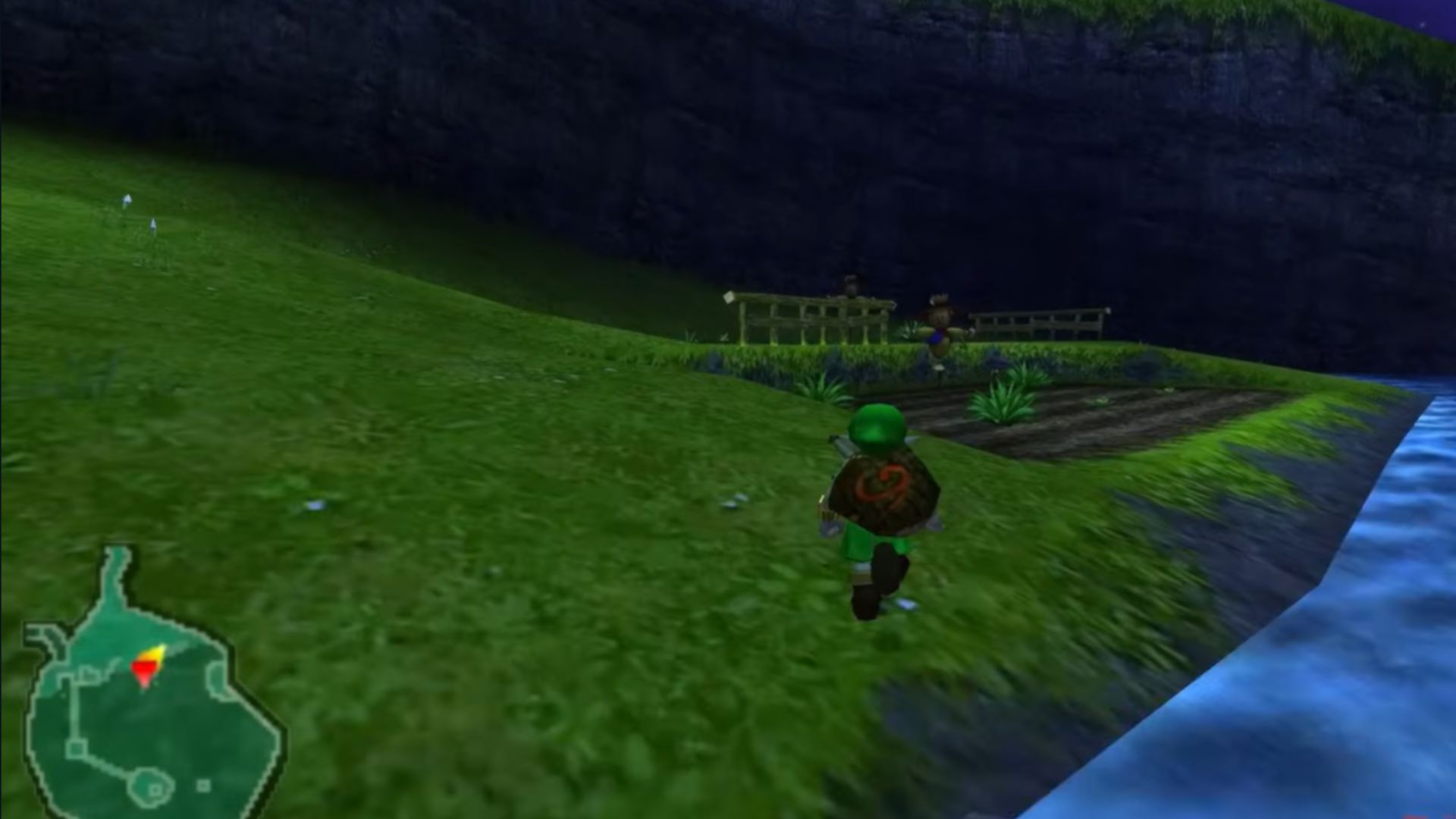 Zelda: Ocarina of Time 3D HD - Full Game 100% Walkthrough by BeardBear
Zelda: Ocarina of Time 3D HD - Full Game 100% Walkthrough by BeardBear
3. Tomb Raider (1996)
Lara Croft became a cultural icon. Tomb Raider brought 3D platforming and action together in atmospheric environments. Players navigated massive tombs with full camera control and polygonal realism. The cinematic flair and control scheme set the tone for third-person action games to come.
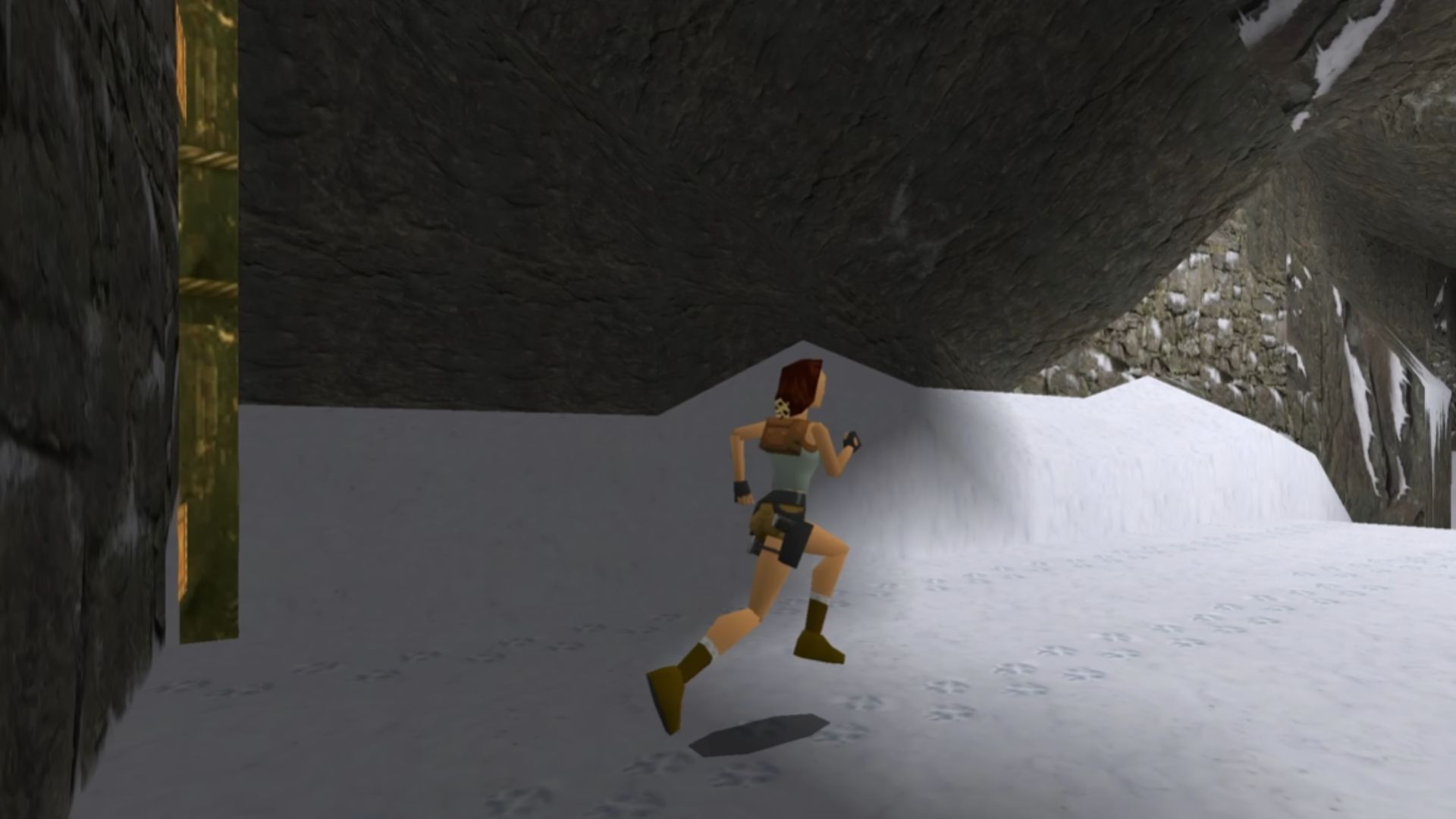 Tomb Raider 1 (1996) HD Textures 4K Gameplay Walkthrough (Full Game) by Pure Cinematic Gaming
Tomb Raider 1 (1996) HD Textures 4K Gameplay Walkthrough (Full Game) by Pure Cinematic Gaming
4. Star Fox 64
Star Fox 64, launched in 1997 with the Rumble Pak, gave players responsive controls and branching paths. The fully polygonal space combat was fast and rewarding. It redefined replay value and pushed technical boundaries on the Nintendo 64 hardware.
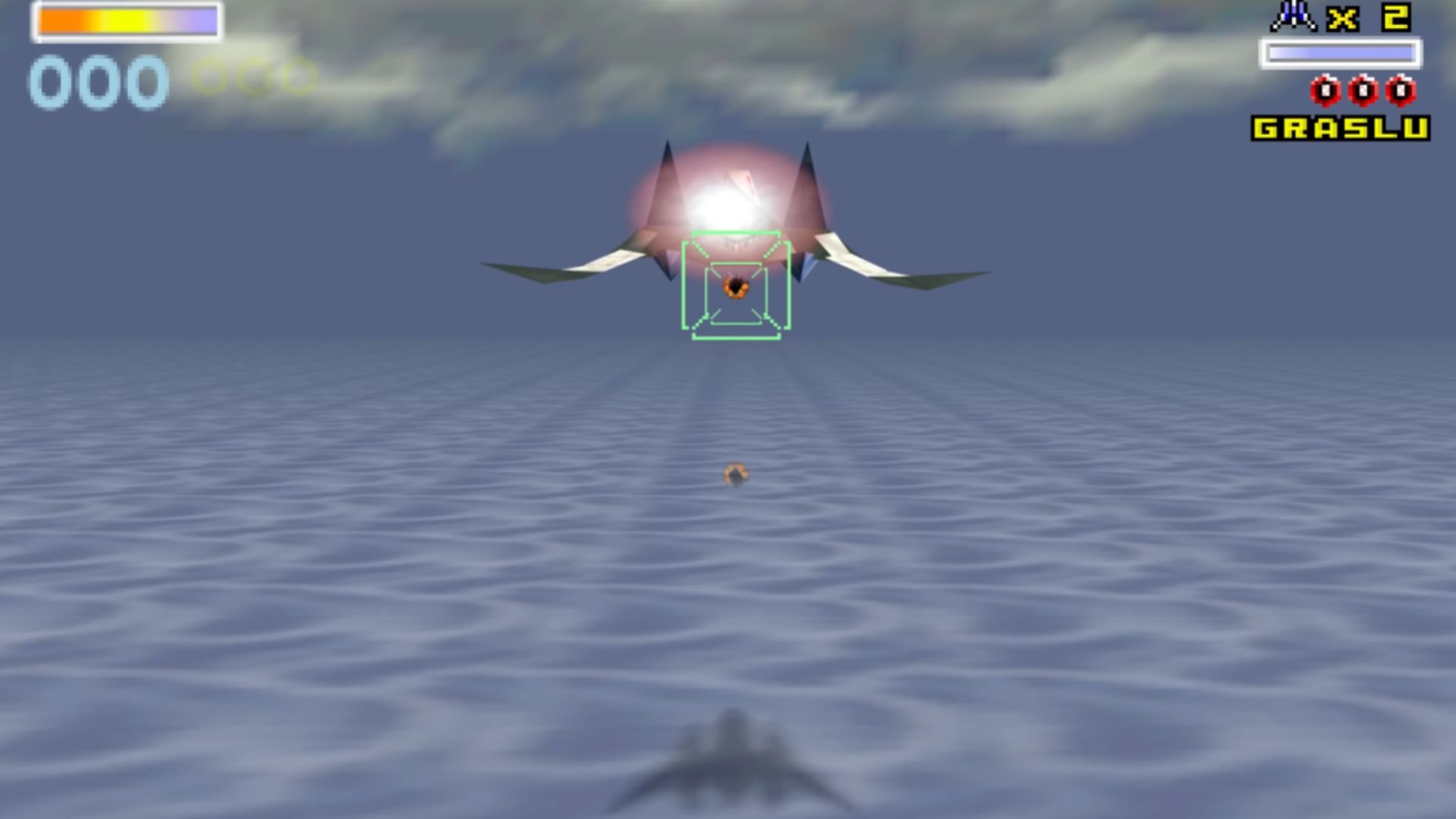 Star Fox 64 - All Routes, All Medals - Longplay (4K 60FPS) by Graslu00
Star Fox 64 - All Routes, All Medals - Longplay (4K 60FPS) by Graslu00
5. Half-Life
Narrative and gameplay merged seamlessly when Half-Life launched in 1998. Rather than relying on cutscenes, the story unfolded through scripted events within the 3D world. Built on a modified Quake engine, the realism and design revolutionized the first-person shooter genre.
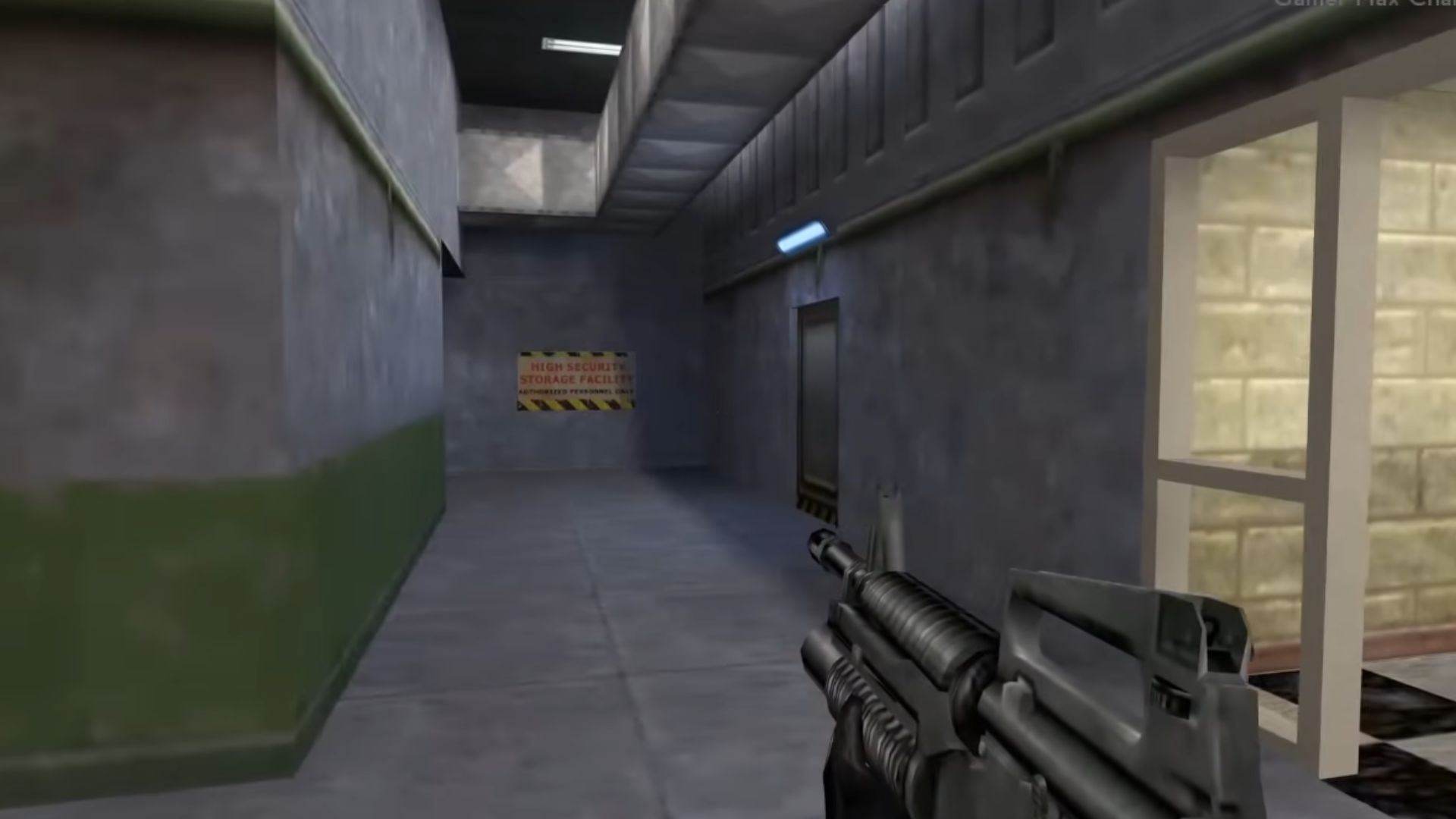 Half-Life - Full Game Walkthrough Gameplay No Commentary by Gamer Max Channel
Half-Life - Full Game Walkthrough Gameplay No Commentary by Gamer Max Channel
6. MechWarrior 2
This 1995 mech sim offered a fully 3D cockpit and customizable load-outs across hostile terrains. Physics-driven mechanics and thermal management gave it tactical depth. Moreover, it pushed PC graphics cards and was hailed as a milestone in simulation gaming’s early 3D evolution.
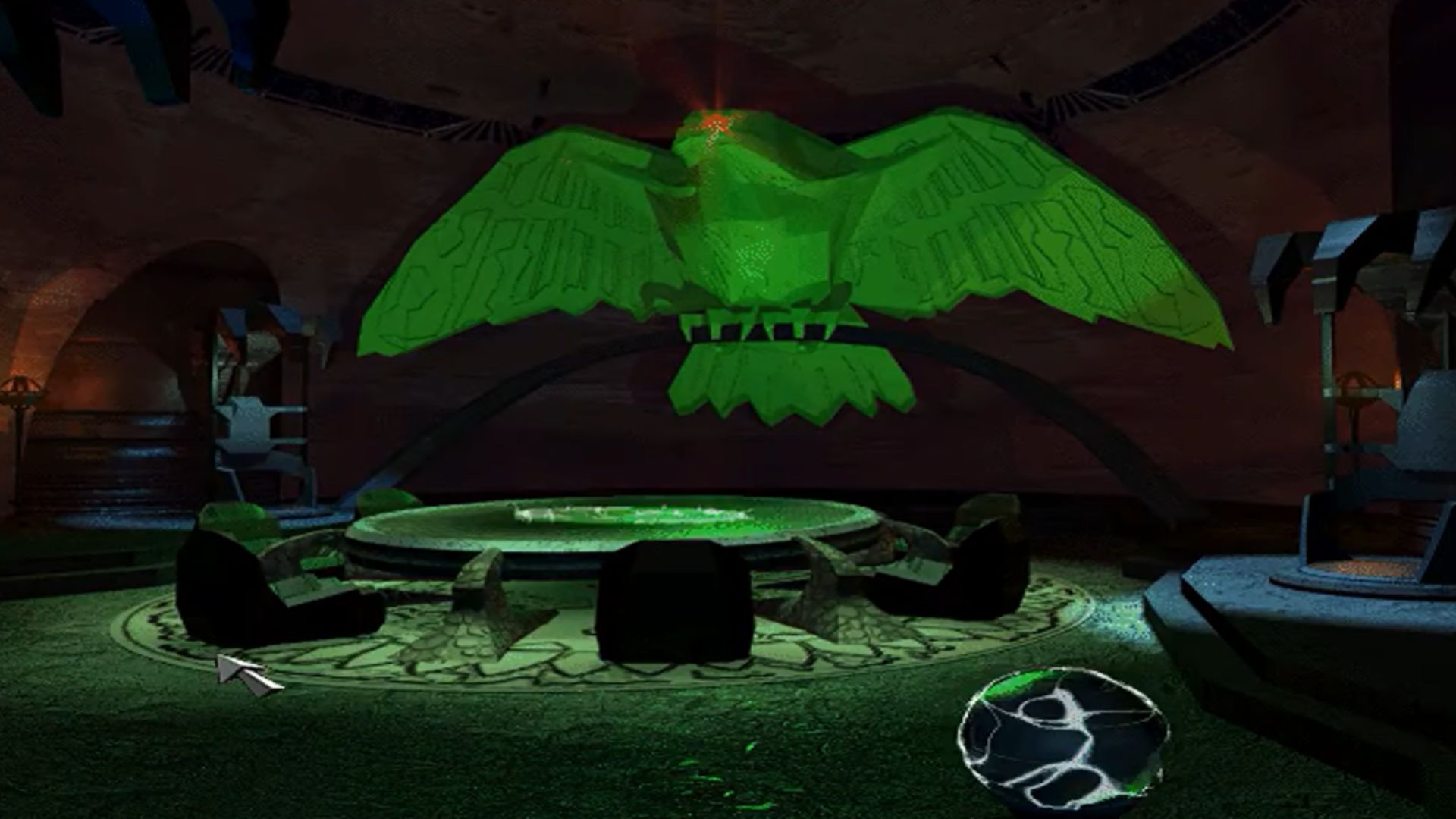 MechWarrior 2: 31st Century Combat (PC/DOS) 1995, Activision by Major Thriftwood
MechWarrior 2: 31st Century Combat (PC/DOS) 1995, Activision by Major Thriftwood
7. Quake
When Quake dropped in 1996, it introduced a fully 3D engine with polygonal environments, characters, and lighting. Online multiplayer thrived thanks to client-server net code. The gritty tone and tech innovations earned it legendary status among early 3D titles.
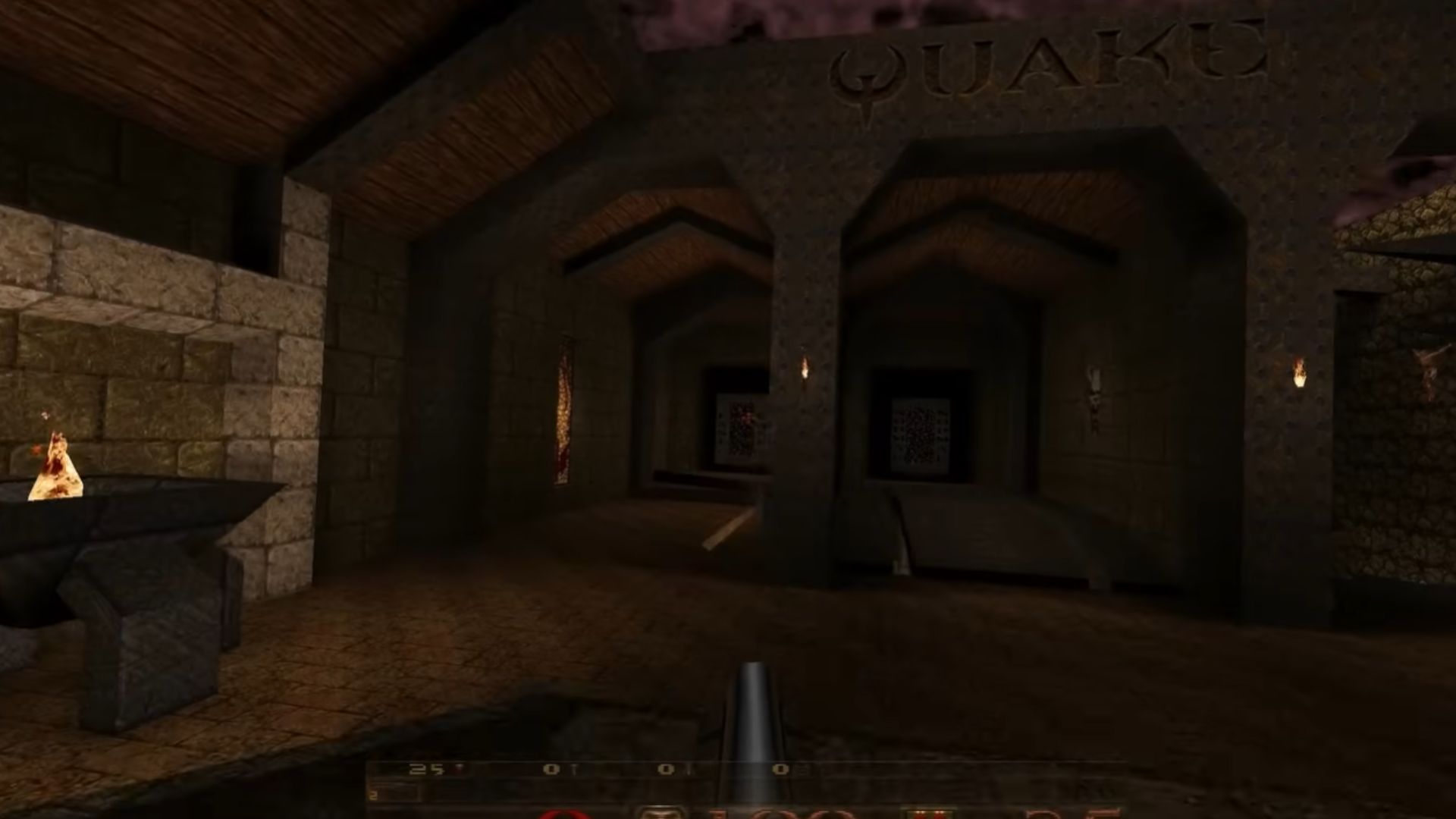 Quake (PC) 1080p Gameplay by Chubzdoomer
Quake (PC) 1080p Gameplay by Chubzdoomer
8. System Shock 2
Before survival horror met RPGs in 3D space, there was System Shock 2. Released in 1999, it combined eerie atmosphere, deep customization, and unpredictable AI. Citadel Station pulsed with dread, and its gameplay layers still echo in modern immersive sims and horror titles.
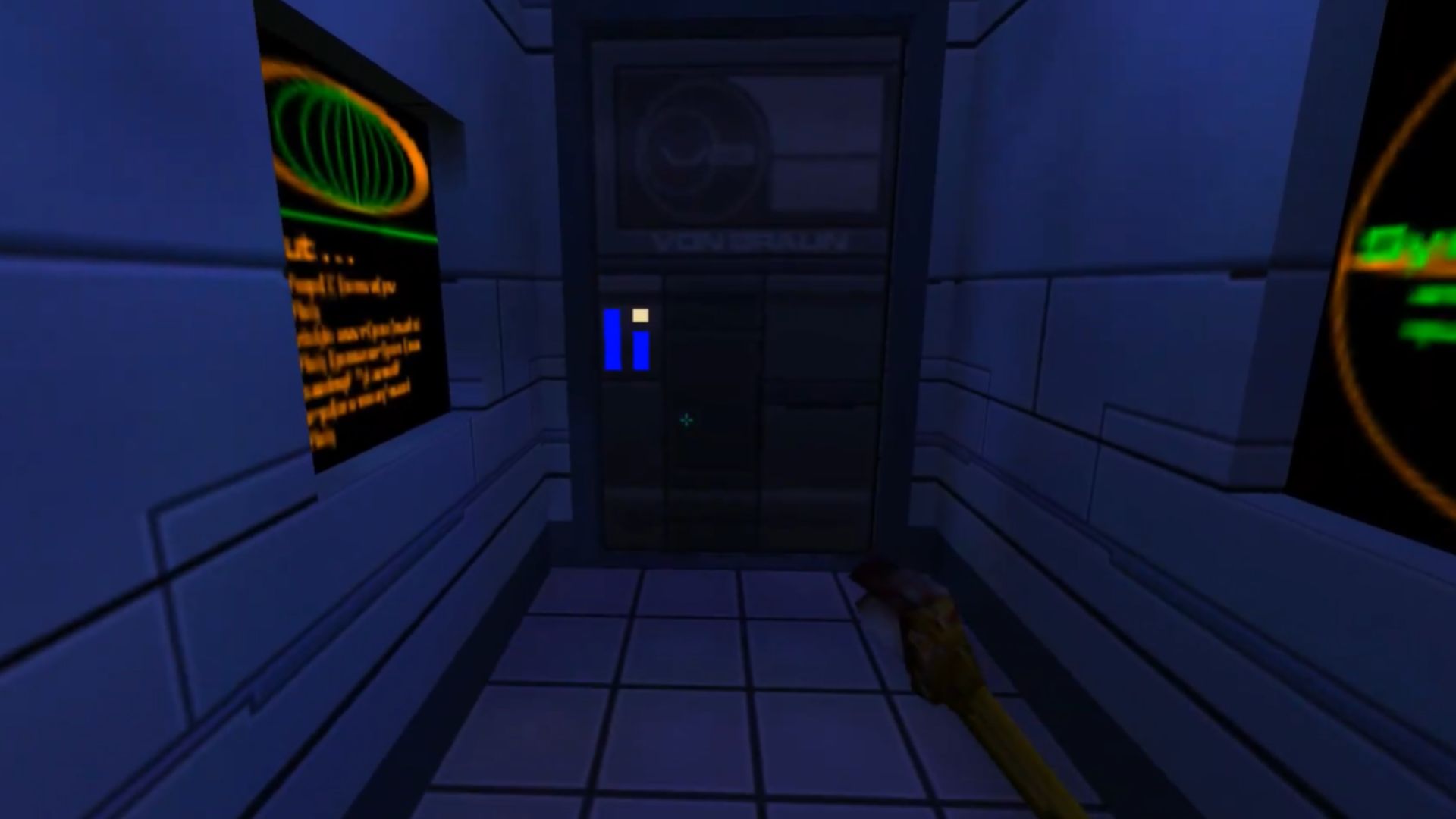 System Shock 2 (1999) - PC Gameplay 1080p / Win 10 by FirstPlays HD
System Shock 2 (1999) - PC Gameplay 1080p / Win 10 by FirstPlays HD
9. GoldenEye 007
Console shooters weren’t taken seriously until GoldenEye 007 in 1997. It introduced scoped aiming and tight controls on a single stick. Multiplayer was an instant hit, pioneering split-screen deathmatch culture. Its blend of stealth and cinematic pacing reshaped expectations for console-based 3D shooters permanently.
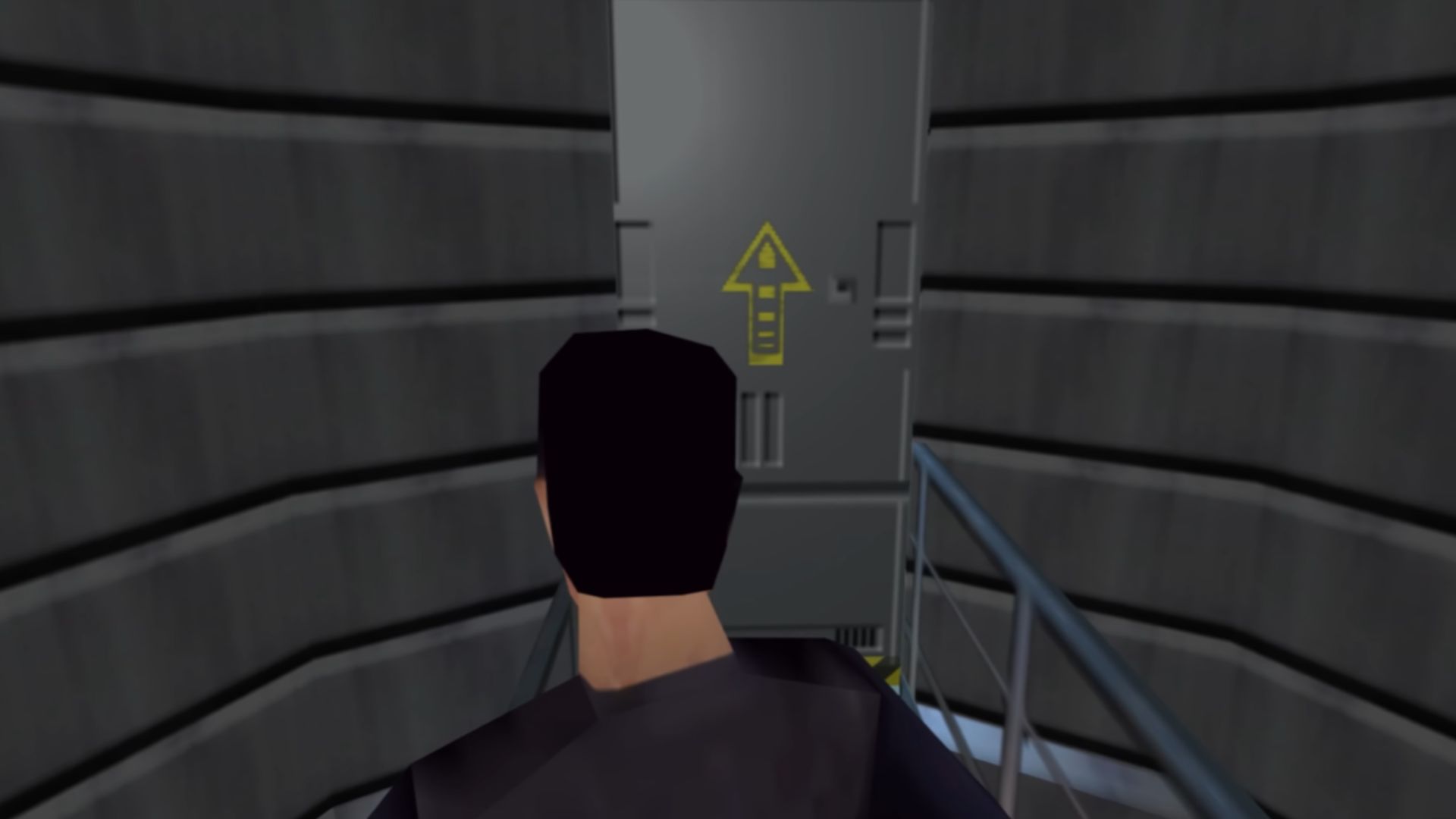 GoldenEye 007 - Playthrough 00 Agent by Graslu00
GoldenEye 007 - Playthrough 00 Agent by Graslu00
10. Crash Bandicoot 2
Crash Bandicoot 2 (1997) refined linear 3D platforming. Tight camera control and polished movement turned the corridor-style design into a strength. Levels felt creative, with time trials and secret routes adding challenge. This game showcased how precision and personality could thrive within the technical limitations of early 3D.
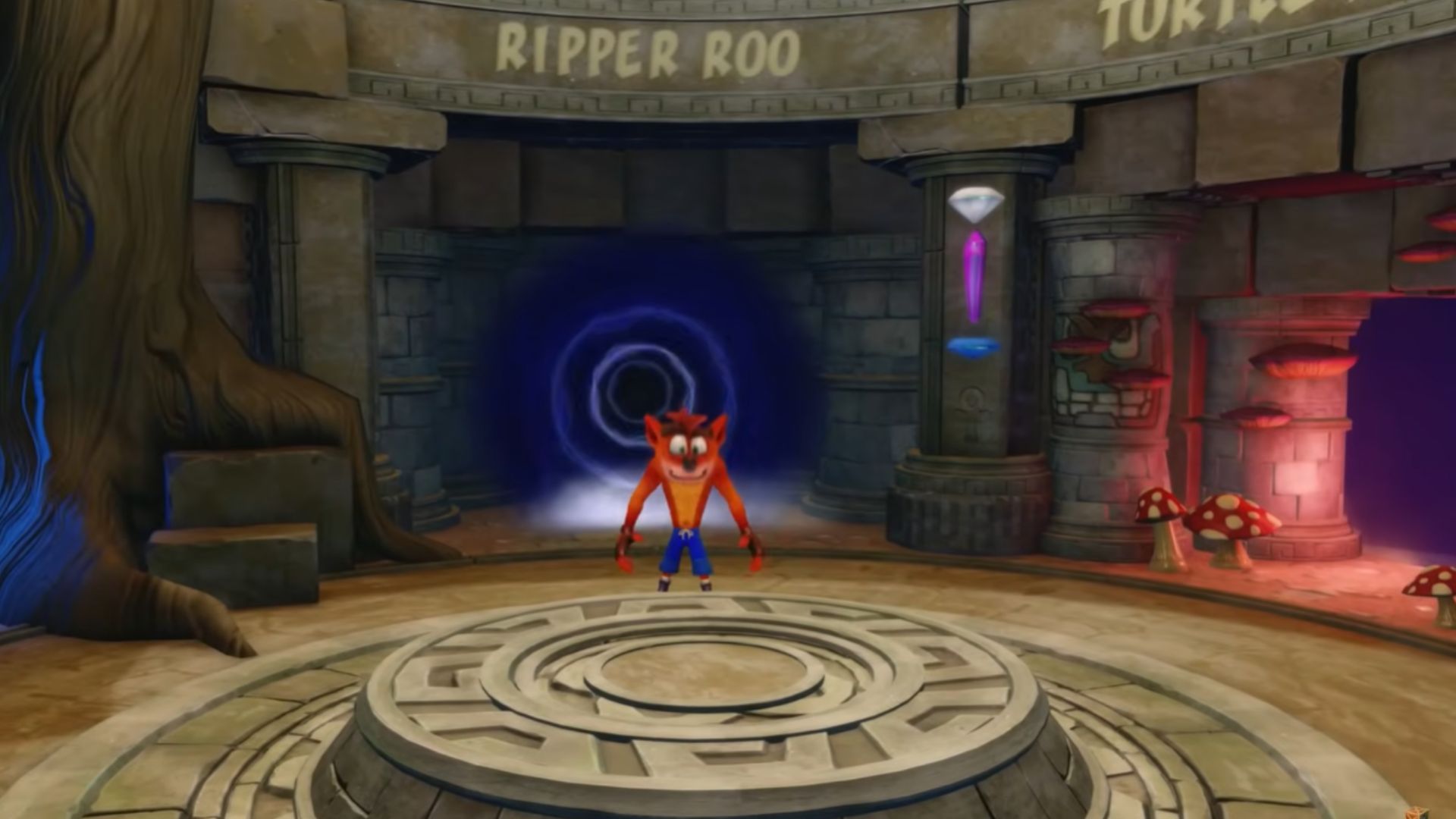 Crash Bandicoot 2 - Full Game Walkthrough (N. Sane Trilogy) by packattack04082
Crash Bandicoot 2 - Full Game Walkthrough (N. Sane Trilogy) by packattack04082
